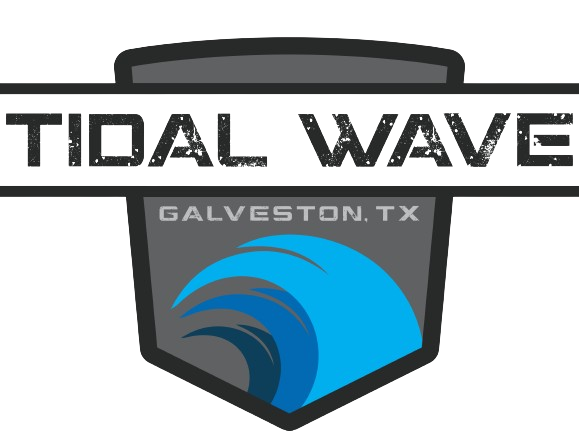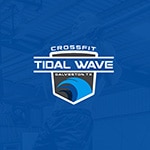To keep it simple, your body has three energy systems which provide energy: 1. Phosphagen pathway – lasting a relatively short time (about 25 seconds) . 90%-100% Intensity. Ex: Sprinting 2. Glycolytic pathway – Lasting up to 3 mins. 80%-90% Intensity. Think about a 400-600m Run. 3. Oxidative pathway – This is what most people think of as Cardio. It is in the 60-70% Intensity Zone. Basically anything lasting longer than 3 mins. 1, 2 do not rely on oxygen while the third is entirely dependent on oxygen. Proper programming will equate for this and utilize all 3 pathways through out the programming (or in some cases the WOD itself). Reliance on just one pathway (unless preparing for a sport that requires JUST that) is short sided. 1. Aerobic training, what most people think of when they say “cardio” tends to make you LESS explosive but good at moving slowly for a long time. 2. Anaerobic training builds muscle. 3. Both burn fat, but anaerobic burns it much faster and more efficiently (albeit for shorter times) 4. Anaerobic training when done properly can build AEROBIC capacity. The last point is of the utmost importance. Anaerobic training improves your aerobic capacity and burns fat. This is what the “WOD” falls under. If your programming is not haphazard (that looks hard, so let’s do it) each WOD should have specific goal. If the workout was designed properly there is an interval in mid workout for roughly how long it should take to complete a round or portion of the workout. “But I need to do extra cardio to lose weight”……. No. No you don’t. The “fat burning zone” is a joke. You can do hundreds of hours of cardio and burn little to no fat after several months of training and healthy eating.
- Canadian researchers reported that just two weeks of interval training boosted women’s ability to burn fat during exercise by 36%.
- A six-month study was published showing that adding aerobic exercise had no additional effect on body composition over diet alone.
- A twelve-month study was published which had the subjects doing six hours of aerobic exercise per week, training six days a week, for one year. The average weight loss was only three pounds for that one-year period.
 This is why I like to program rest periods into the WOD’s. A 1:1 work rest ratio allows you to utilize your aerobic system to recover. The work intervals should be planned out accordingly. This is why I can not stress enough to utilize the appropriate weight/intensity for your workout goals . The short sprint based WODs are designed (sub 4 minutes) to blast your anaerobic system. The 8-12 minute WODs develop the whole spectrum and the 20 minutes AMRAPs are decidedly aerobic. The importance of this is you are looking to find an intensity that is challenging but allows you to stay moving at least 85% of your “work” time. If you sprint through the first 21 reps of Fran but have to sit down for 3 minutes to recover….you did not scale properly.
Metabolic workouts – workouts that truly improve your fitness, help you burn fat and build muscle are tough by design. You can’t chit chat through a metabolic workout and expect to get a training effect. An effective workout is intense. It should result in you being out of breath and significant burning in the muscles. When it actually works, the “fat burning” effect that is the goal of the cardio-for-weight-loss advocate is mostly due to stress, and even then the results are sub-par compared to exercising in a manner that the human body understands. Cortisol in particular is produced to get you some quick blood sugar for a fast escape or to catch some dinner. But you never make that quick escape or catch that dinner, and you are never caught and eaten by something scary, you just keep running. And your body just keeps producing cortisol. Internally, this is just stress, but we call it exercise and do it 3 – 5 days per week, even though that last little bit of belly pudge won’t go away. That little bit of pudge is so stubborn because your body is in a panic and it is trying to keep some energy stored close to your organs where it will need it most through this time of hardship.
This is why I like to program rest periods into the WOD’s. A 1:1 work rest ratio allows you to utilize your aerobic system to recover. The work intervals should be planned out accordingly. This is why I can not stress enough to utilize the appropriate weight/intensity for your workout goals . The short sprint based WODs are designed (sub 4 minutes) to blast your anaerobic system. The 8-12 minute WODs develop the whole spectrum and the 20 minutes AMRAPs are decidedly aerobic. The importance of this is you are looking to find an intensity that is challenging but allows you to stay moving at least 85% of your “work” time. If you sprint through the first 21 reps of Fran but have to sit down for 3 minutes to recover….you did not scale properly.
Metabolic workouts – workouts that truly improve your fitness, help you burn fat and build muscle are tough by design. You can’t chit chat through a metabolic workout and expect to get a training effect. An effective workout is intense. It should result in you being out of breath and significant burning in the muscles. When it actually works, the “fat burning” effect that is the goal of the cardio-for-weight-loss advocate is mostly due to stress, and even then the results are sub-par compared to exercising in a manner that the human body understands. Cortisol in particular is produced to get you some quick blood sugar for a fast escape or to catch some dinner. But you never make that quick escape or catch that dinner, and you are never caught and eaten by something scary, you just keep running. And your body just keeps producing cortisol. Internally, this is just stress, but we call it exercise and do it 3 – 5 days per week, even though that last little bit of belly pudge won’t go away. That little bit of pudge is so stubborn because your body is in a panic and it is trying to keep some energy stored close to your organs where it will need it most through this time of hardship.
 Caveats: – All workouts do not need to be Balls to the Wall to continue progress but some do. That is why we learn to find the appropriate intensity levels that allows us to hit that 85% moving benchmark.
– Deload/Recovery workouts are important and do not factor into this.
– You must build solid mechanics and a baseline fitness level before you tread into the high intensity training.
– I am not saying that long steady state training is not effective for fat loss…it is just not better at fat loss and doesn’t build muscle. It also doesn’t raise oxygen uptake to the same degree as anaerobic work.]]>
Caveats: – All workouts do not need to be Balls to the Wall to continue progress but some do. That is why we learn to find the appropriate intensity levels that allows us to hit that 85% moving benchmark.
– Deload/Recovery workouts are important and do not factor into this.
– You must build solid mechanics and a baseline fitness level before you tread into the high intensity training.
– I am not saying that long steady state training is not effective for fat loss…it is just not better at fat loss and doesn’t build muscle. It also doesn’t raise oxygen uptake to the same degree as anaerobic work.]]>






